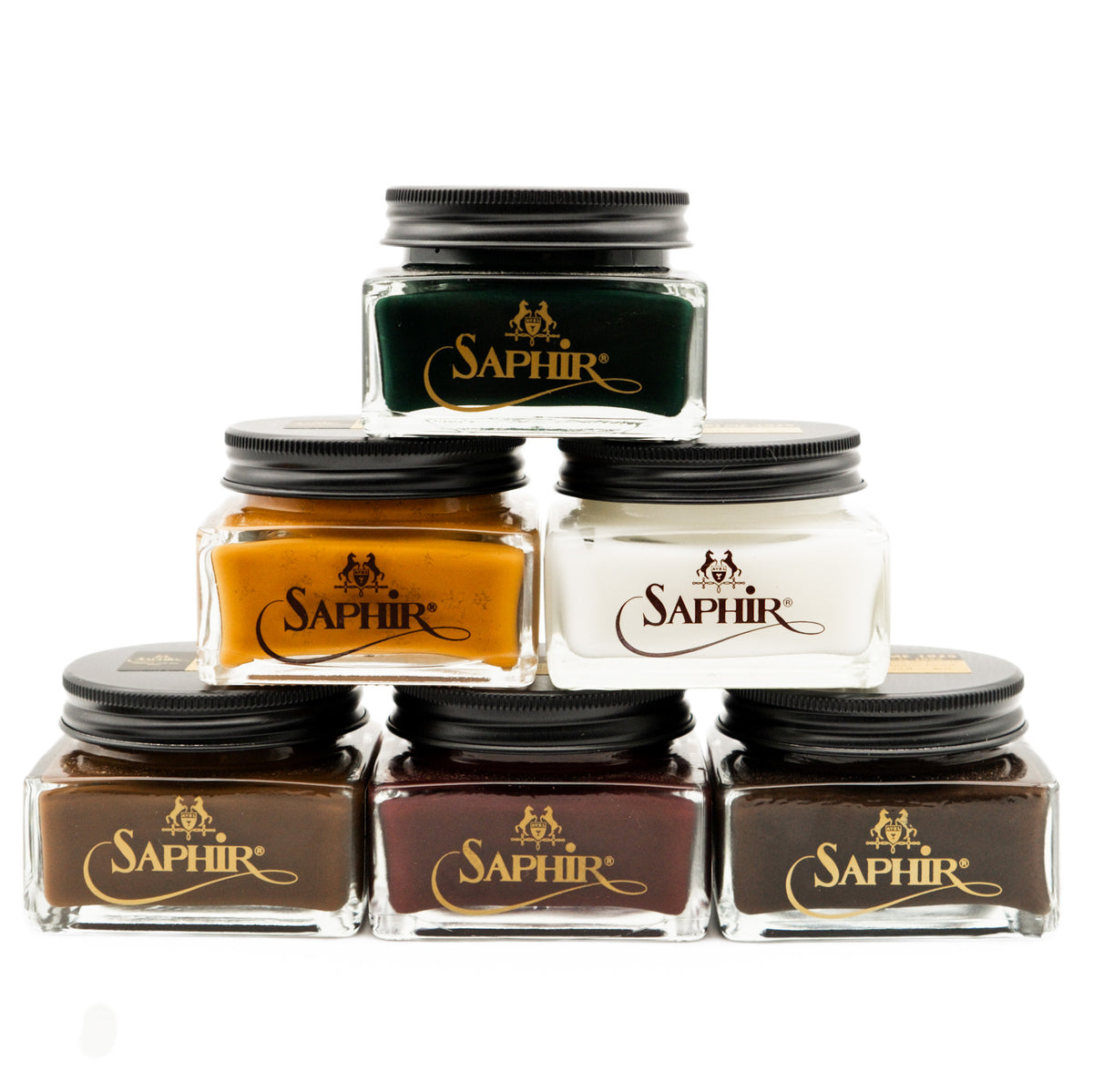AdaminPhilly
Senior Member
- Joined
- Jul 24, 2021
- Messages
- 124
- Reaction score
- 127
I don’t really use a wax polish. I use a conditioning cream so that it moisturizes the leather and gives the leather a healthy glow as opposed to a shine.
So is that like Saphir Renovateur?



